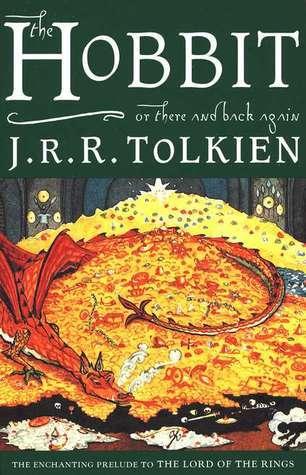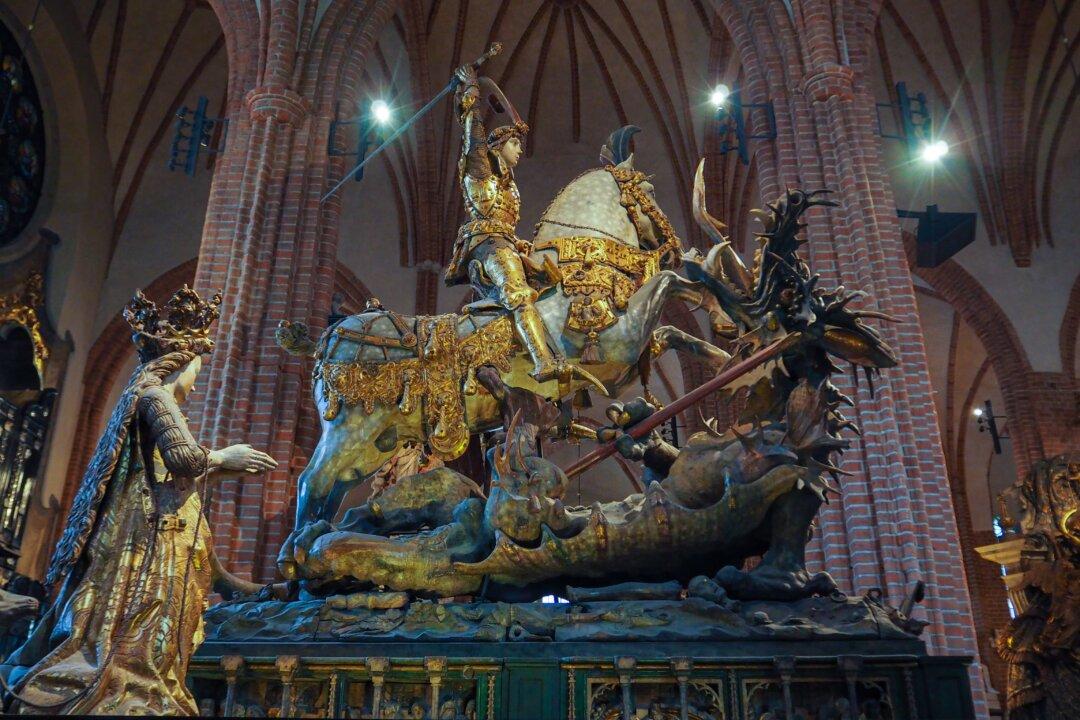Author J.R.R. Tolkien (1892–1973) led a full life, yet he always put his family first. For over 70 years, he created Middle-earth complete with its own geography, time, languages, and history. Alongside his writing, his vivid illustrations bring his visions into our world.
Besides his fiction, Tolkien was an Oxford don (similar to a U.S. professor) and renowned scholar of Old and Middle English. But perhaps most important to Tolkien was that he was a father.
Orphaned at just 12 years old, he always made time for his wife and their four children. He worked from home marking papers, writing lectures, seeing students, and creating Middle-earth.
For 23 years, Tolkien designed Christmas cards and stories from Father Christmas for his children. As the years went by, the content of those tales darkened to stories of goblins and elves, perhaps in line with the development of “The Lord of the Rings” trilogy. Tolkien firmly believed that children should have access to stories similar to what adults read, except that the vocabulary should be scaled down for younger readers.

On the front cover of this edition of "The Hobbit," by J.R.R. Tolkien, is a watercolor illustration painted by the author himself.
He originally wrote “The Hobbit” for his children and read it to them in installments when they would gather in his study at night. But after his friends and colleagues read the work, they urged him to publish the manuscript. It was never intended for publication, and his children were none too happy that their very own bedtime story was to be shared with the nation.
Tolkien excelled in his career while putting his family at the forefront of his life. His children delighted in hearing their father’s tales long before he thought about publishing them. Perhaps, without the inspiration provided by his children, Tolkien’s fantastical creations would have never become his legacy.
Great artists converse with our hearts without uttering a word. They animate the greatest and most tragic moments in life, from battlefields that appear gut wrenchingly real to divine jubilations that make our souls sing. But seldom do we celebrate the way these artists lived in the world: the values they lived by, how they overcame challenges, or how they treated their fellow man. Yet these stories are as inspiring as the artworks these artists made.








